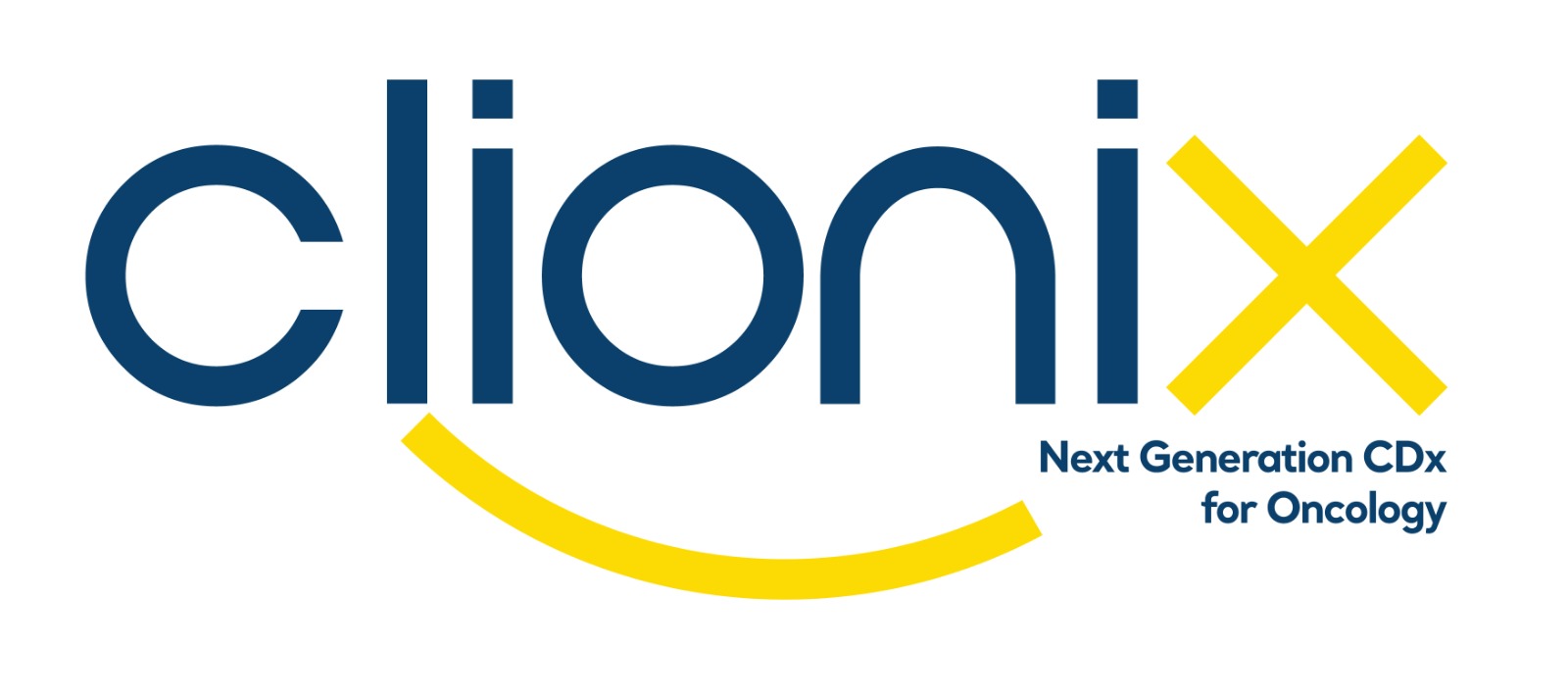During pregnancy, fetal cells enter the bloodstream of the expectant mother. These fetal cells can be separated from the maternal blood by special methods. The Non Invasive Prenatal Test is a prenatal screening test that allows the examination of free-flowing fetal DNA in the mother’s blood.
What Do My Test Results Mean?
Positive result:
It means that the fetus has a high risk of having any of the tested anomalies. If you have a positive result, your physician will refer you to second-line tests for diagnosis. High risk detection by NIPT does not confirm that the fetus carries the syndromes 100%. The result should be confirmed by a diagnostic method suitable for the gestational week. In Sapiens, you will be informed about what your results mean and next steps, accompanied by genetic counseling.
Negative result:
It means that the fetus has not a high risk of having any of the tested anomalies. A low-risk result does not 100% confirm that the fetus has normal chromosomes or that it is absolutely healthy.
Diagnostic tests:
Prenatal diagnostic tests are based on taking a fetal sample with invasive methods and examining it for genetic anomalies. In cases where high risk is detected in screening tests, it can be done to confirm the diagnosis. It can be recommended from the beginning of pregnancy to couples with other children or a family history of chromosomal anomaly or genetic disease, and to mothers in the risk group.
The most common sampling methods for prenatal diagnostic tests are amniocentesis and chorionic villus biopsy.
In amniocentesis , fluid is taken from the amniotic sac surrounding the developing fetus under ultrasound guidance. Fetal DNA is tested for genetic abnormalities. It is usually applied between the 16th and 22nd weeks of pregnancy.
In chorionic villus biopsy , a small tissue sample is taken from the placenta with the help of a fine needle under ultrasound guidance. It can be done between the 11th and 14th weeks of pregnancy.
In prenatal genetic diagnosis, different methods can be used alone or in combination, depending on the pregnancy status, the disease to be tested and family history. In order to choose the right test and method, genetic counseling should be consulted before the test. Post-test genetic counseling helps couples understand the test results, possible risks for current and future pregnancies, and decide on next steps.
Methods used in prenatal diagnosis:
FISH
It is based on the examination under the microscope by binding the fluorescently labeled DNA probes to certain regions on the chromosomes. It can be used to detect numerical changes in 13, 18, 21, X and Y chromosomes in cases where targeted testing is desired.
KARYOTYPEING
It can be used to detect numerical changes of chromosomes as in Down, Turner and Patau syndromes. Major structural changes can be detected with this method.
CHROMOSOMAL MICROARRAY
It allows detection of copy number changes that cannot be detected by conventional chromosome analysis. Thanks to the microarray, which allows high resolution examination, in addition to common trisomies, anomalies due to microdeletion and microduplications can also be detected.
SEQUENCE ANALYSIS
It is based on the determination of the sequence of the fetal DNA. It can be used in the diagnosis of single gene diseases such as Cystic Fibrosis, Beta Thalassemia. With next-generation sequencing methods, thousands of genes can be analyzed at the same time, and fast and comprehensive results can be obtained.
